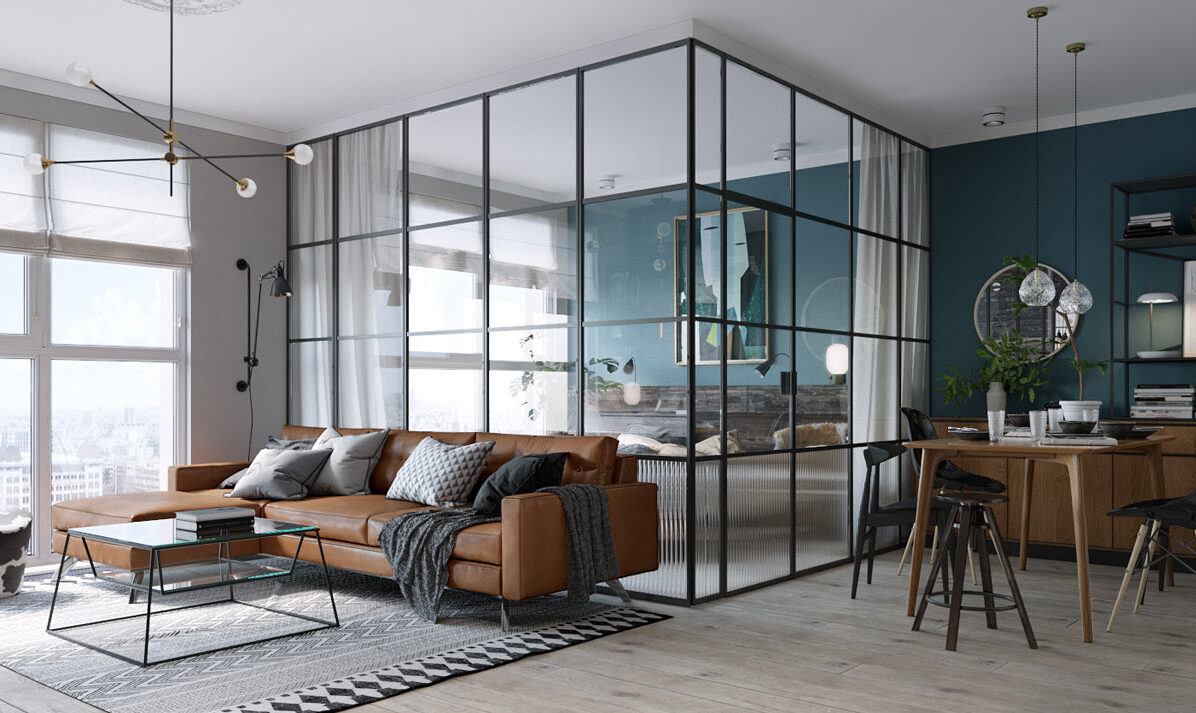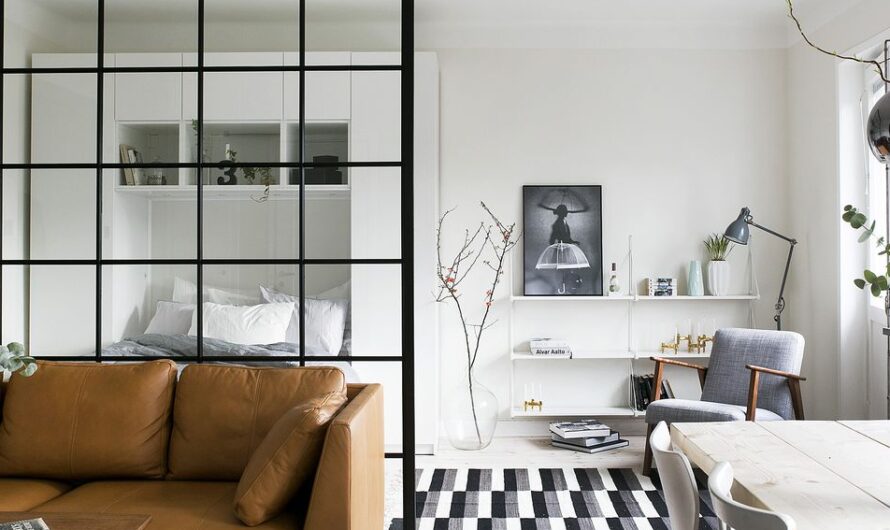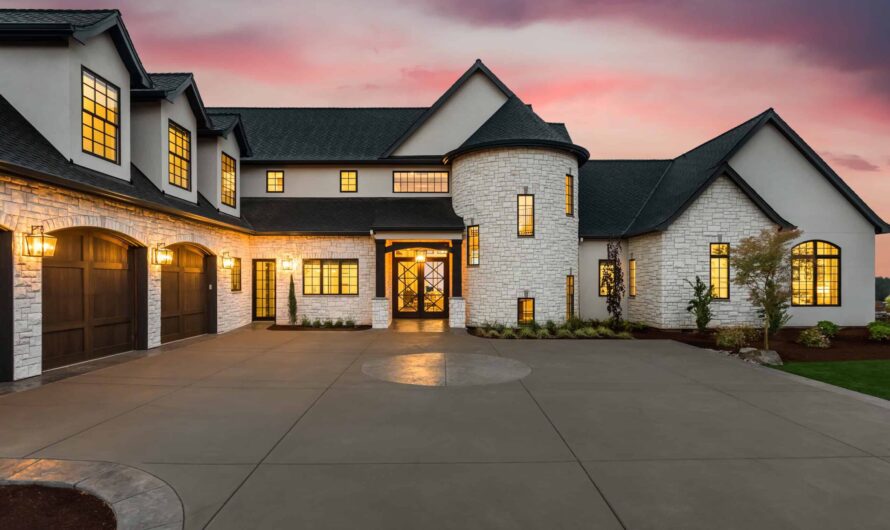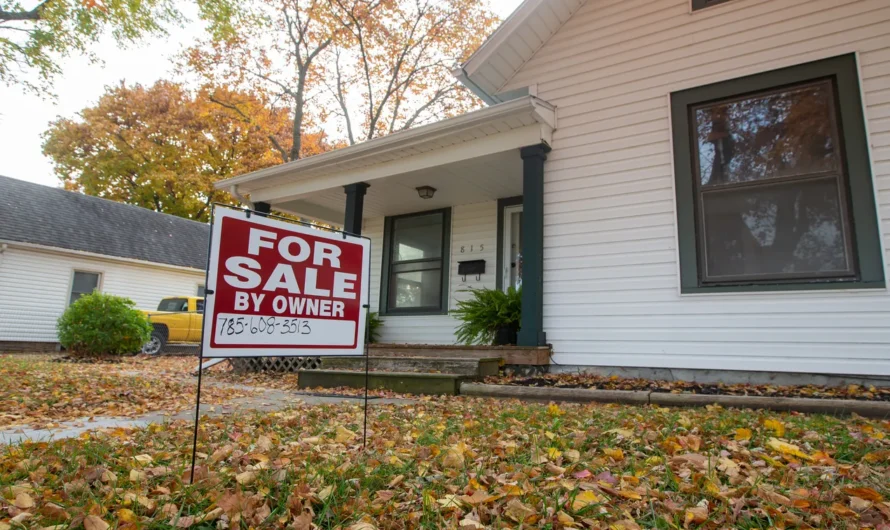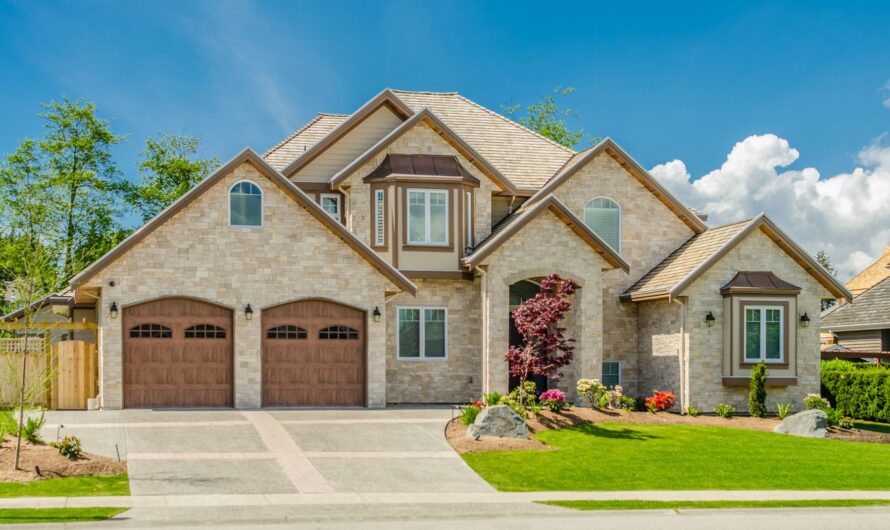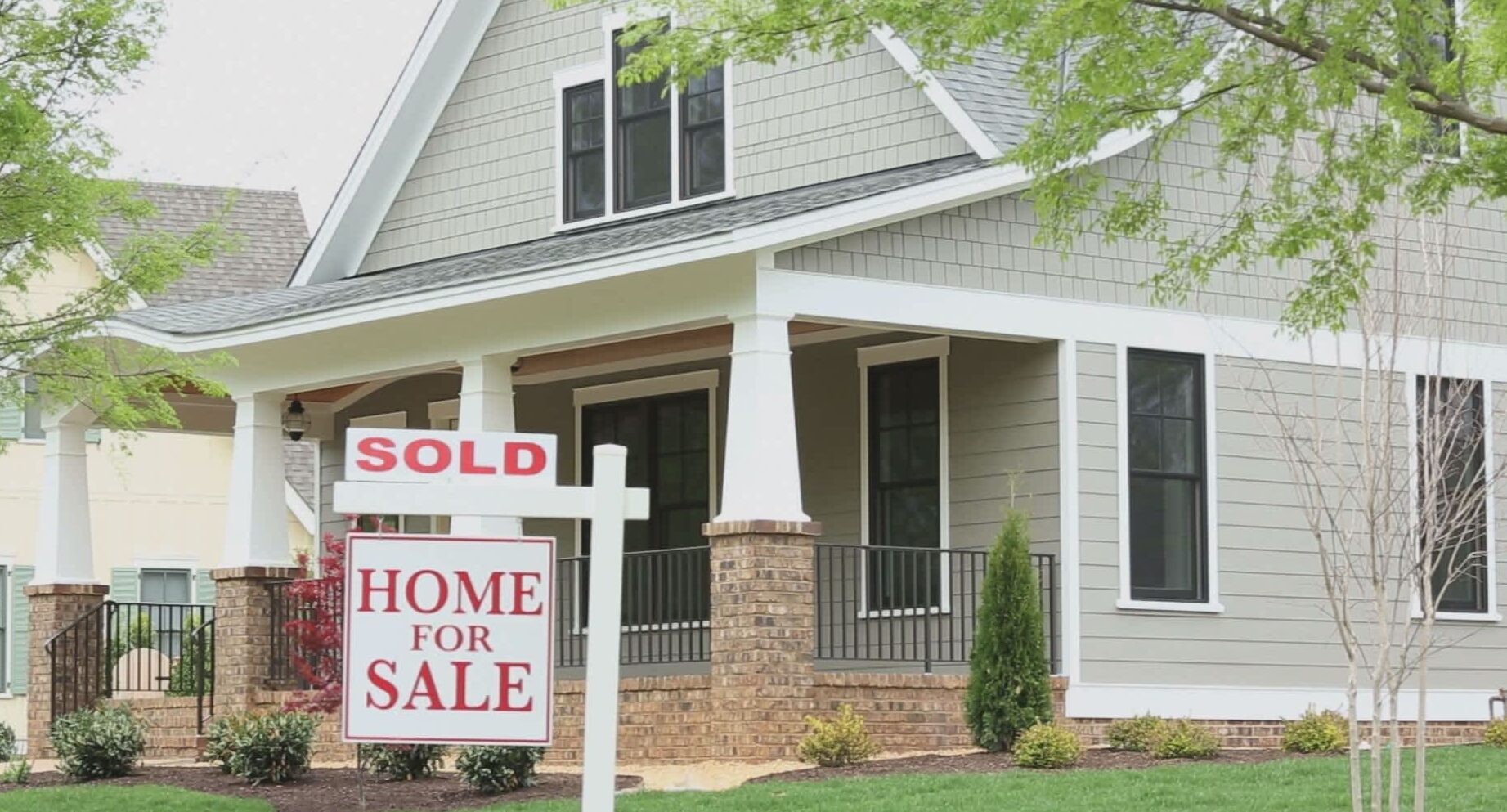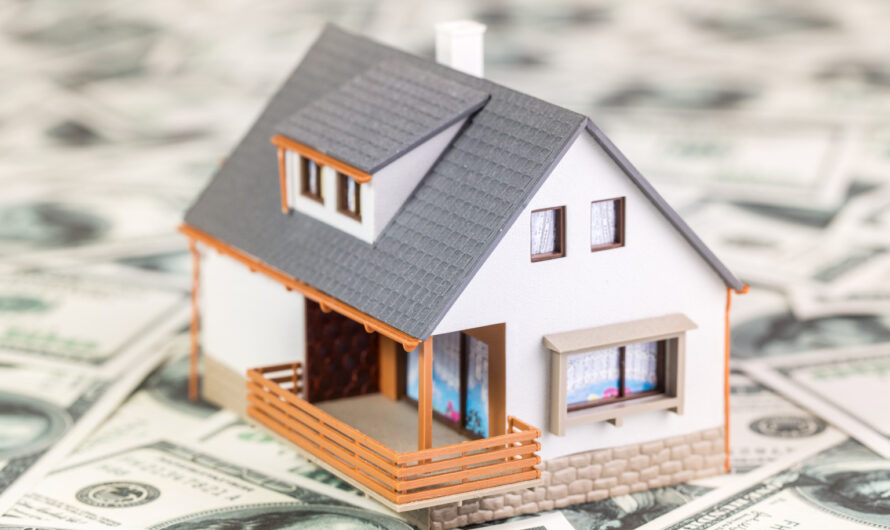Selling a house can be a daunting task, especially if you need to do it quickly. Whether you’re moving for a new job, facing financial difficulties, or simply eager to move on, these strategies and secrets will help you sell your house fast in the USA.
1. Price it Right
One of the most critical factors in selling a house quickly is setting the right price. Overpricing can deter potential buyers, while underpricing can lead to losses. Research the market to understand the prices of similar homes in your area. Consider hiring a professional appraiser or a real estate agent to help determine the best price.
2. Enhance Curb Appeal
First impressions matter. Make sure your home looks inviting from the outside. Simple upgrades like painting the front door, planting flowers, and cleaning the driveway can make a big difference. The goal is to make potential buyers eager to see what’s inside.
3. Declutter and Depersonalize
A clutter-free home appears more spacious and appealing. Remove personal items like family photos, knick-knacks, and excessive furniture. This allows potential buyers to envision themselves living in the space. Consider renting a storage unit if needed.
4. Stage Your Home
Staging involves arranging furniture and decor to showcase your home’s best features. You can hire a professional stager or do it yourself. The key is to create a neutral, welcoming environment that highlights the functionality and potential of each room.
5. Professional Photography and Virtual Tours
In today’s digital age, most buyers start their home search online. High-quality photos and virtual tours can make your listing stand out. Hire a professional photographer to capture your home in the best light. Virtual tours provide an immersive experience that can attract more serious buyers.
6. Market Aggressively
Utilize various platforms to market your home. List it on popular real estate websites, use social media, and consider traditional methods like flyers and open houses. The more exposure your home gets, the higher the chances of finding a buyer quickly.
7. Work with a Real Estate Agent
An experienced real estate agent can be invaluable in selling your home quickly. They have access to a network of buyers and other agents, understand the local market, and can handle negotiations and paperwork efficiently.
8. Be Flexible with Showings
Make your home available for showings at different times, including evenings and weekends. The more accessible your home is, the more potential buyers can view it. Keep your home clean and ready for showings at all times.
9. Make Necessary Repairs
Fix any obvious issues like leaky faucets, broken tiles, or peeling paint. These small repairs can significantly impact a buyer’s perception of your home’s overall condition. A well-maintained home suggests that it has been well cared for.
10. Offer Incentives
Sometimes, offering incentives can attract buyers and speed up the sale. Consider paying for closing costs, offering a home warranty, or including certain appliances or furniture in the sale.
11. Stay Updated with Market Trends
Real estate markets fluctuate. Stay informed about current trends and adjust your strategies accordingly. Understanding whether it’s a buyer’s or seller’s market can help you make better decisions.
